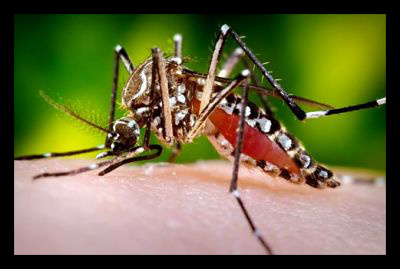What is Dengue Hemorrhagic Fever?

The National Institute of Health defines dengue hemorrhagic fever as “a severe, potentially deadly infection spread by mosquitoes, mainly the species Aedes aegypti.” After being bitten by Aedes aegypti, the fever can originate from any one of four dengue viruses. Recovery is possible if the patient’s body has remaining dengue antibodies.
The onset of dengue hemorrhagic fever feels very similar to that of typical dengue, and the symptoms are largely the same. The experience diverges with the appearance of tiny spots of blood on the skin and can ultimately culminate in seizures and lasting brain and liver damage.
What makes dengue hemorrhagic fever so problematic is the lack of a vaccine or cure. The symptoms, however, can be treated. These treatments include blood and platelet transfusions, IV fluids that combat electrolyte imbalances and dehydration and oxygen therapy. If a patient has access to a hospital ICU, they can typically receive treatment.
But what is so important about dengue hemorrhagic fever?
In recent years, the incidence of dengue hemorrhagic fever has grown sharply. The World Health Organization (WHO) now estimates there to be between 50 million and 100 million cases of the disease every year worldwide. Yet prior to 1970, there had been only nine countries which had experienced large outbreaks of the disease. Now, it can be found in over 100 African countries, in Southeast Asia and on the Western Pacific coast.
This means 40 percent of the word is at risk of getting the disease. Women and people of European ancestry are at a higher risk. After contracting the disease, 2.5 percent of infected people die, many of them children.
With this in mind, the prognosis looks bleak, but the disease is not without dedicated researchers working to defeat it. Currently, the WHO supports countries as they attempt to confirm outbreaks of the disease, providing valuable data on the subject. They also provide guidance and technical support in the management of an outbreak, and they train professionals in clinical management, vector control and diagnosis of the disease.
Dengue hemorrhagic fever may be strong, but with treatments already available and research turning up crucial information, the risk it poses is certain to halt in the foreseeable future.
– Rachel Davis
Sources: MedlinePlus, World Health Organization
Photo: Examiner
